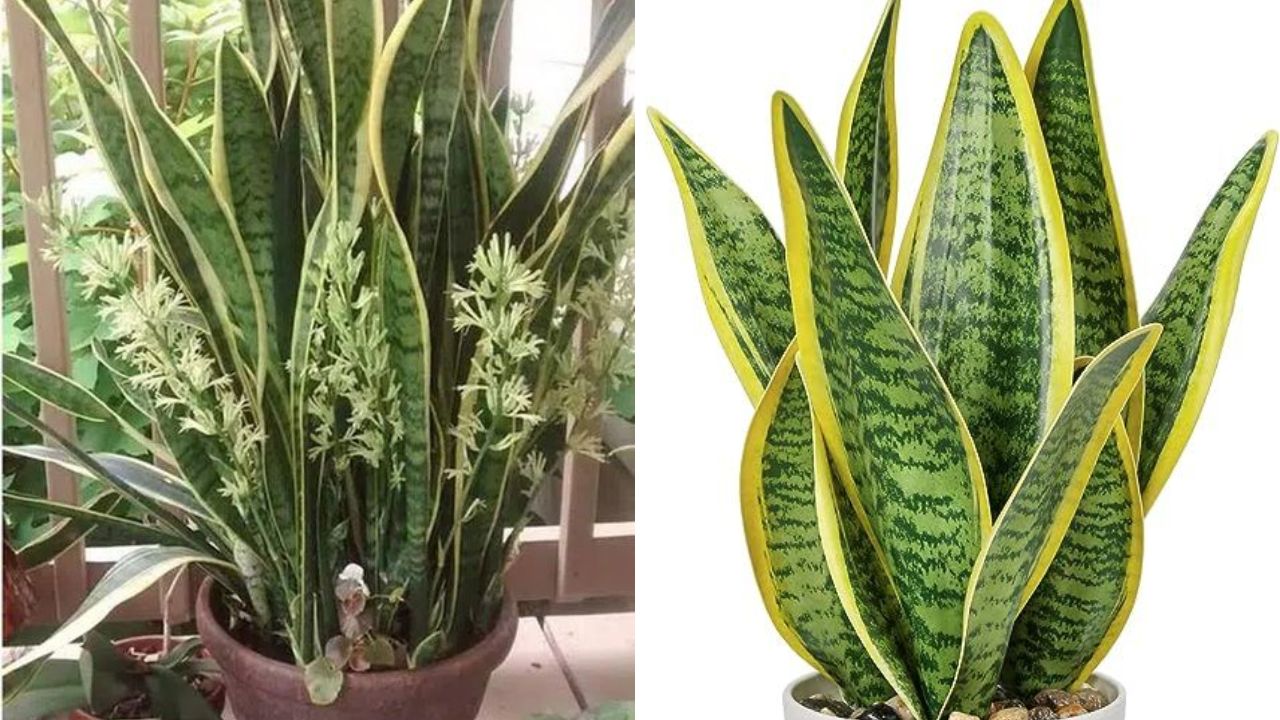The Easter cactus, sometimes referred to as the holiday cactus, is a tropical cactus that blooms profusely in the spring, right before Easter. It has star-shaped blooms that can be any color. In the natural, this easy-to-grow epiphyte prefers the substrate of rocks, trees, and other plants over soil. Easter cactus is a hardy indoor plant that needs loose, well-draining soil to allow air to reach its roots and enjoys filtered dappled light.
Table of Contents
ToggleEaster cactus Overview

| Common Name | Easter cactus, holiday cactus |
| Botanical Name | Rhipsalidopsis gaertneri |
| Family | Cactaceae |
| Plant Type | Cactus |
| Mature Size | 6-12 in. tall, 1-2 ft. wide |
| Sun Exposure | Partial |
| Soil Type | Well-drained |
| Soil pH | Acidic |
| Bloom Time | Spring |
| Flower Color | Red, pink, orange, purple, white |
| Hardiness Zones | 10-12 (USDA) |
| Native Area | South America |
Easter Cactus Care

As houseplants, Easter cacti are quite simple to maintain. The following are necessary in order to develop an Easter cactus:
- Your Easter cactus should be placed in an area with bright, indirect light or dappled sunshine.
- Since this cactus would never be found in damp soil in nature, make sure the soil is well-drained and select a pot with a drainage hole.
- After letting the soil completely dry out between irrigations, properly water it again, making sure to let any excess water drain away.
- Because Easter cacti enjoy rainforest conditions, it is best to keep the humidity around it high.
- Apply fertilizer frequently while the plants are growing.
Light Requirements
The Easter cactus is a naturally occurring understory plant in forests and is used to growing in areas that are somewhat shaded from the sun. The optimal light for this plant to grow in is indirect sunlight.
Soil and Potting

Easter cacti thrive as epiphytes in soil mixtures that are permeable and allow for adequate root ventilation. A “cactus and succulent mix” from the market would be ideal, especially when coupled with orchid bark and perlite. The pH range that the plant prefers is 6.0 to 6.5.
Watering
After letting the soil dry out in between irrigations, thoroughly water the area until all of the water has been drained. As the roots of the Easter cactus cannot withstand being wet, make sure the pot has adequate drainage. After watering, make sure there is no leftover water in the saucer. Reduce the amount of water you use between late fall and early winter to promote blossoming.
Temperature and Environment
The Easter cactus is a member of the Cactaceae family and prefers cooler climates. To bloom, they need chilly temperatures. It will blossom when the temperature drops to about 55 and 60 degrees Fahrenheit at night.
Easter cacti withstand ordinary household humidity levels even though they prefer humid settings. On the other hand, if your house is exceptionally dry, add more humidity using a pebble tray or humidifier.
Fertilization
Regular fertilizing is appreciated by Easter cacti. When the plant is actively growing, fertilize it once a month with a balanced fertilizer, like a 10-10-10.
Types of Easter Cactus
Originating in the rainforests of Brazil, the Easter cactus is commonly categorized as Rhipsalidopsis gaertneri. Nevertheless, Hatiora gaertneri and Schlumbergera gaertneri have occasionally been used to categorize Easter cacti.
Hatiora rosea: Another species that is similar and with pink flowers is known as the “rose Easter cactus.”
Easter cactus ‘Sirius’: A cultivar that is completely white and has unusual star-shaped blooms
Easter cactus ‘Colombia’: Produces bright orange blooms.
Easter cactus ‘Scorpius’: Produces bright red blooms.
Pruning
Although it’s not required, pruning an Easter cactus can aid in its reblooming the following year. The only guideline is to thin the plant as soon as it finishes flowering in the spring when it is still actively growing. Pruning an Easter cactus in the fall or winter is not a good idea.
When pruning, pay close attention to severing the upper leaf pad from the stem at the joint. Either use sterile garden shears or your fingers. Make sure to cut out any uneven breaks that you produce. Pruning will promote the development of new stems, resulting in a bushier, more blooming shrub.
Propagating Easter Cactus
Easter cactus can be grown from cuttings or seeds. Easter cacti can be multiplied considerably more easily and widely by using cuttings. The ideal time to propagate is two to three months after blossoming. To proliferate by cuttings, just take these easy steps:
- A leaf can be gently twisted off at the leaf terminal; the base shouldn’t break.
- After the leaves have been separated, place the undersides of the leaves—making sure that at least half of the leaf is in the soil—back into a little cup or pot.
- Mist the leaves gently.
- To retain the moisture, cover the clippings with plastic bags.
- In a few weeks, when the roots start to show, wait to moisten the leaves before repotting.
- Water it just like you would an established Easter cactus.
How to Grow Easter Cactus From Seed?
It can be difficult to harvest seeds since you have to pollinate the plant, gather the seeds, then wait patiently to see if the seeds germinate.
- Soak seeds on a paper towel that has been wet. Place the towel on top of a tray filled with enriched, moist soil. Wrap in plastic wrap. Every day, give air for one hour.
- The tray should be placed in a warm area with some indirect light.
- The seeds will germinate in three weeks under the right circumstances.
- When the seedlings begin to sprout, transplant them.
Potting and Repotting Easter Cactus
Easter cacti prefer their cozy pot life and only require a two-year repotter to replenish the soil. Replant in the same container if there is still room in the current pot rather than growing it larger. If you must size up a pot, it is best to select one that is two to three inches wider than the previous one. The ideal containers for drainage and aeration are clay ones. The ideal time to repot is in the spring, following blooming.
Common Pests & Plant Diseases
Easter cacti are susceptible to common indoor plant pests such as mealybugs, scale, spider mites, and fungus gnats. Although it usually results from overwatering or using the wrong soil mixes, root rot can also be a problem.
How to Get Easter Cactus to Bloom?

In contrast to the Christmas or Thanksgiving cacti that bloom around their respective holidays, aster cacti bloom around Easter.
Bloom Months
Flowers on Easter cacti grow from March to May. Easter cactus usually bloom in late winter or early spring, but they need long nights and chilly weather to do so.
How Long Does Easter Cactus Bloom?
Easter cactus plants have a two- to four-week blooming season in the spring.
How Do Easter Cactus Flowers Smell and Appear?
When grown in the proper conditions, Easter cactus blossoms can produce gorgeous, star-shaped, abundant blooms that are highly valued. These flowers have no apparent scent and are about two inches long. They are available in red, white, orange, pink, and purple.
How to Encourage More Blooms?
Give the plant equal quantities of indirect light and darkness, and cease fertilizing it about two months prior to the spring blooming season. Avoid placing the cactus close to a heater or other source of heat; instead, keep it chilly at night, around 50 degrees Fahrenheit, and warm during the day in the light. The flowering period will begin earlier because of the warmth.
Caring for Easter Cactus After It Blooms
After flowering, get ready for the following year’s blooms. You can stop watering the plant in midwinter, when the dark and light cycle is repeated if it has flowered and is not in its active growth period. The early spring of next year will see a profusion of blooms due to these stressful circumstances.
Common Problems With Easter Cactus
Although the Easter cactus is generally a calm plant, occasionally an issue may arise. Generally, overwatering (look for root rot, trim off any impacted roots using sterile scissors, and repot), underwatering (start with tiny sips of water if neglected), or excessive light (shift the plant) are the causes of difficulties.
Dropping Leaves
If the pads come off, your cacti may appear to be crumbling. The reason can be that the plant is under stress from being submerged or overwatered. The pads that come off can always be replanted by rooting them in potting soil.
Wilting
An Easter cactus that is withering may be stressed out by too much sunlight, too much water, or both.
Leaves Turning Yellow
You might need to repot your cactus. If the plant’s leaves start to turn yellow, it could be in soil that doesn’t drain well enough. After checking for root rot, repot.





